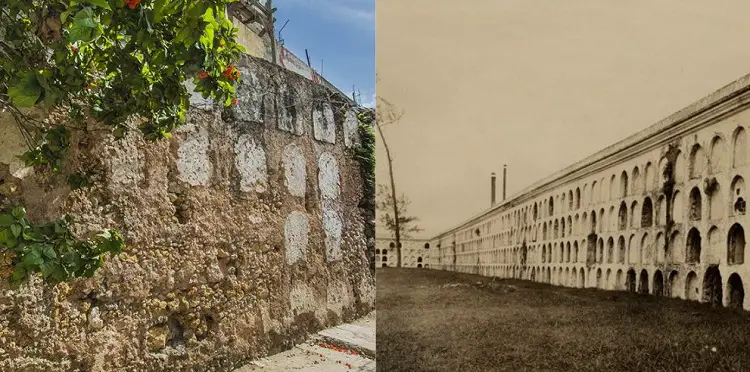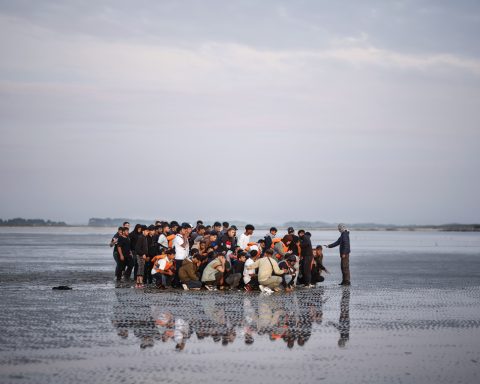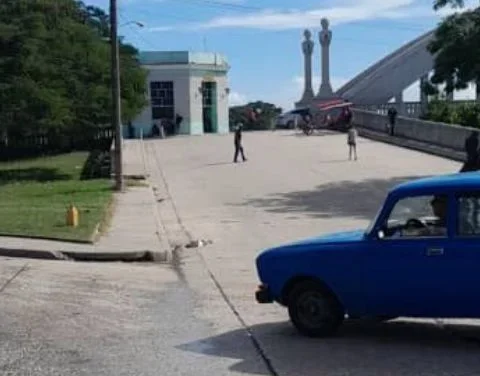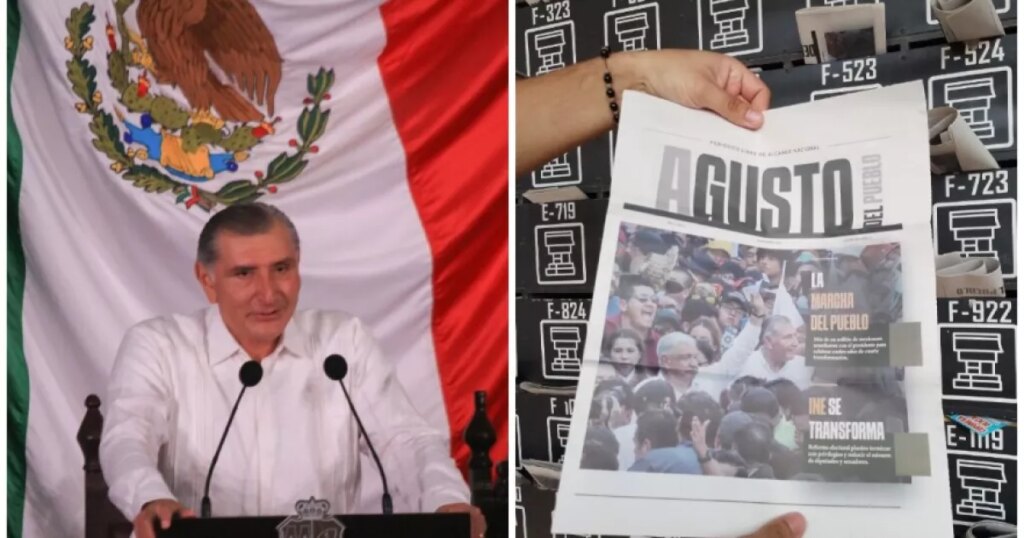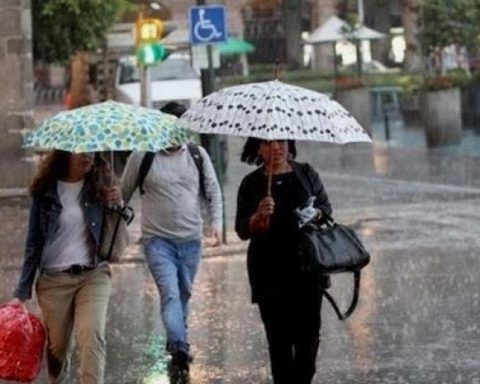HAVANA, Cuba.- Among the personalities who fought hard to improve the infrastructure of the Villa de San Cristóbal de La Habana in the 19th century, stands out Juan José Díaz de Espada y Fernández de Landa, bishop of Havana since the year 1800 until his death, in 1832, and director of the Economic Society of Friends of the Country, among other merits.
Bishop Espada undertook a vast reform of the Church and the social institutions of the capital, positively influencing the fields of culture, education, morality of the diocese, sanitation and public works. Precisely in this last section, the construction of the first public cemetery in Cuba and Hispanic America is inscribed, undertaken after the prohibition of carrying out burials in churches, a dangerous habit in the tropical climate, which at other times had unleashed deadly epidemics.
With the support of the Governor General Don Luis de las Casas, the distinguished doctor Tomás Romay and other important members of the Economic Society of Friends of the Country, the cemetery was erected in the area outside the walls, extending around the perimeter that today is occupied by the streets of Aramburu, San Lázaro, San Francisco and Vapor, adjoining the Centro Habana and Plaza de la Revolución municipalities.
The work cost 46,868 strong pesos (equivalent to eight Spanish reales each) and initially had the shape of a closed rectangle between walls, with space for 4,600 graves and a chapel.
The project and its execution were carried out by the French architect Étienne Sulpice Hallet, and the Italian painter Giuseppe Perovani was hired to embellish the dome of the chapel. Shortly after the founding of the cemetery, the San Dionisio room was built nearby, where anatomy classes were given to medicine students from the University of Havana.
In 1878 the Espada Cemetery was closed. Two years earlier, the Colón Necropolis had been completed to meet the needs of a capital city that continued to grow. However, while it remained in operation, the cemetery was a source of pride for Havanans and hosted the last rest of important personalities, such as Bishop de Espada himself —whose remains were later transferred to the Columbus Cemetery—, Jose de la Luz y CaballeroFrancisco de Arango y Parreño, the French painter Juan Bautista Vermay and Dr. Tomás Romay.
